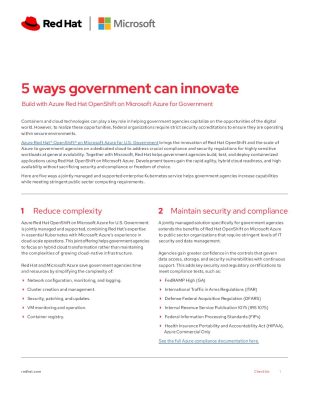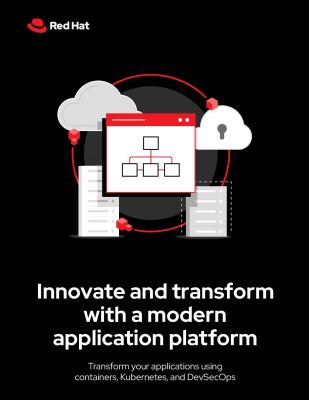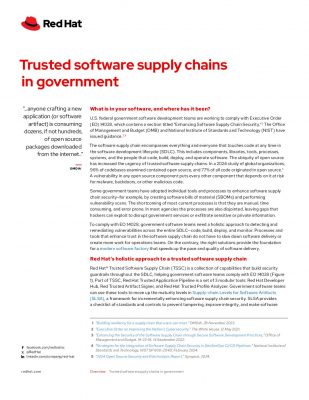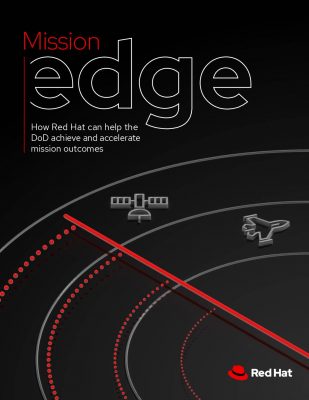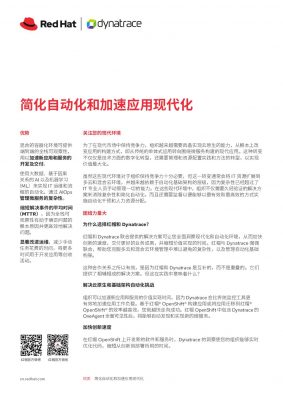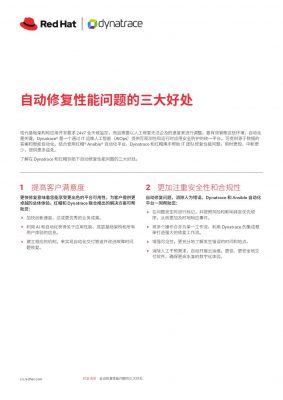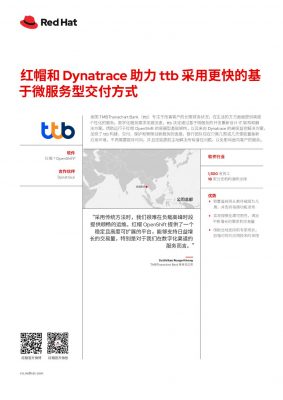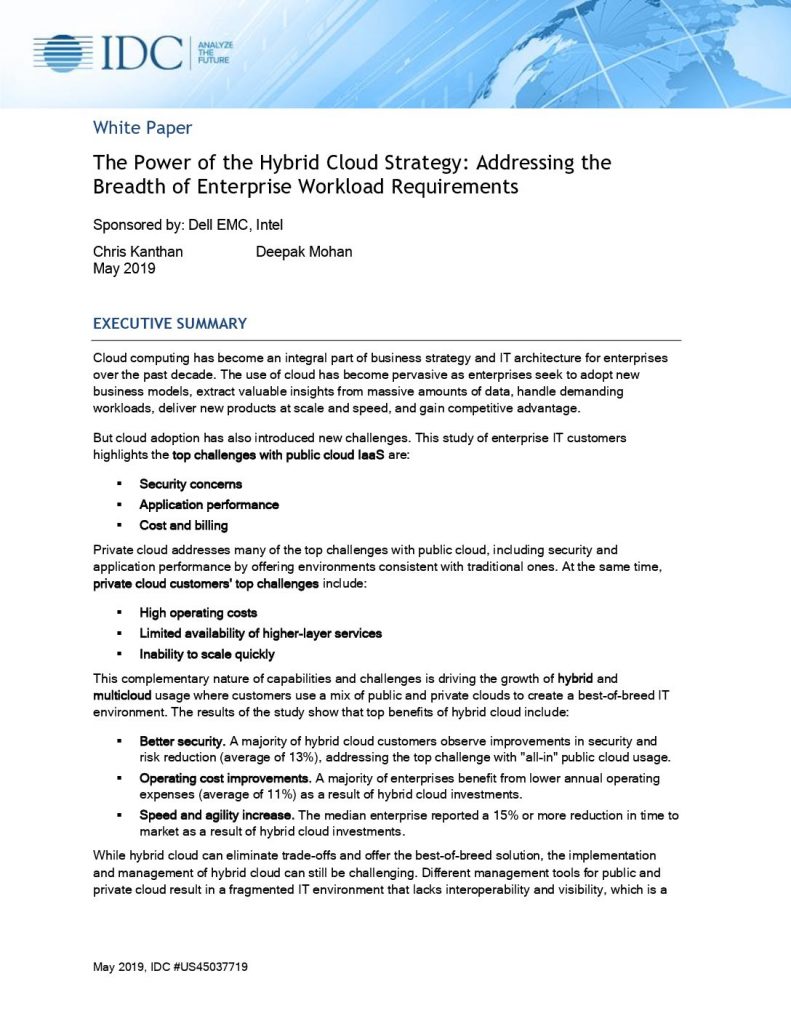Cloud computing has become an integral part of business strategy and IT architecture for enterprises over the past decade. The use of cloud has become pervasive as enterprises seek to adopt new business models, extract valuable insights from massive amounts of data, handle demanding workloads, deliver new products at scale and speed, and gain competitive advantage.
But cloud adoption has also introduced new challenges. This study of enterprise IT customers highlights the top challenges with public cloud IaaS are:
▪ Security concerns
▪ Application performance
▪ Cost and billing
Private cloud addresses many of the top challenges with public cloud, including security and application performance by offering environments consistent with traditional ones. At the same time, private cloud customers’ top challenges include:
▪ High operating costs
▪ Limited availability of higher-layer services
▪ Inability to scale quickly
This complementary nature of capabilities and challenges is driving the growth of hybrid and multicloud usage where customers use a mix of public and private clouds to create a best-of-breed IT environment. The results of the study show that top benefits of hybrid cloud include:
▪ Better security. A majority of hybrid cloud customers observe improvements in security and risk reduction (average of 13%), addressing the top challenge with “all-in” public cloud usage.
▪ Operating cost improvements. A majority of enterprises benefit from lower annual operating expenses (average of 11%) as a result of hybrid cloud investments.
▪ Speed and agility increase. The median enterprise reported a 15% or more reduction in time to market as a result of hybrid cloud investments.
While hybrid cloud can eliminate trade-offs and offer the best-of-breed solution, the implementation and management of hybrid cloud can still be challenging. Different management tools for public and private cloud result in a fragmented IT environment that lacks interoperability and visibility, which is a
major challenge at scale. These gaps are addressed by the next generation of hybrid cloud platforms — the consistent hybrid cloud, which unifies public and private cloud capabilities under one management and operations umbrella. IDC believes that the consistent hybrid cloud will enable enterprises to meet the modernization and agility needs for business-critical workloads and innovation through emerging technologies.



